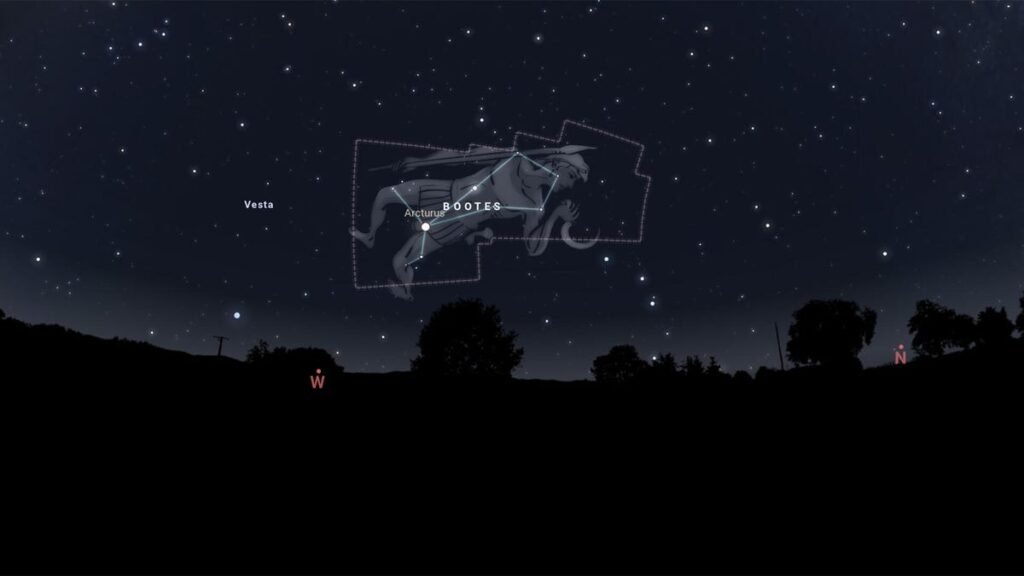The Earth has been bound by meteors, but only a few showers are enough to guarantee the name. Boots are like this kind of meteor shower, which usually occurs every June, when the earth passes through the tail of the comet 7p/pons-winnecke. The best nights to find boots may be found on Friday, June 27, 2025.
This is not an easy-to-discover meteor shower. Its “radiation” – the point in the sky where the meteor shower seemed to originate – in Boötes (and therefore the name of the shower), which means the herder or cattle driver in ancient Greek.
According to Stellarium’s Sky Map, Boötes will be close to the western sky of the horizon throughout Friday night, then dip below the horizon under the sunrise. This applies throughout the continental United States, so there is no special description based on location.
The audience needs a little luck to see it is a double reason. For beginners, the signs are low on the horizon, which will make it more difficult to see from a well-lit city or suburb.
Second, the American Meteor Association classifies boots as a Class III meteor shower. This means it may illuminate the sky with a large number of shooting stars or average daily average, even at its peak. It wasn’t until Saturday after the peaks passed that we knew the strength of this year’s boots.
A meteor strikes a house in Georgia
Despite the fussy nature of the shower, an event did happen on Earth.
On Thursday, the meteor entered Earth’s atmosphere and was mostly burned, but it did leave a golf-sized hole in the Georgia family’s home. Observers report that the shooting stars go up to Tennessee, Florida and North Carolina.
It’s a great video – like something outside of World War, it shows the Georgia shooting stars. With the pinnacle of the boots, the risk of such an event happening again increases.
Tips for watching a boots shooting meteor
Just like real estate, everything is about location, location, location. Urban residents and suburban people will be the hardest to spot shooting stars, as light pollution in larger densely populated areas may hinder the view of dim shooting stars. In the context, a meteor shower can spit out 100 meteors per hour, but in a city you may only see one to two hours per hour (if any).
The best tip is to get out of the city if you are willing to go. The further you go, the less pollution will hinder your progress, and the more chances you will have to attract shooting stars. If you can swing, take a pair of binoculars. Telescopes are not necessary and can actually limit your view of the open sky too much, which can lead you to miss the shooting star.
Besides that, the key is patience. Showers like Bootids are inconsistent, which can be a steady shower or activity outbreak throughout the night. Finally, it is best to adjust expectations. You may not see anything at all, especially if the weather is not around you.
